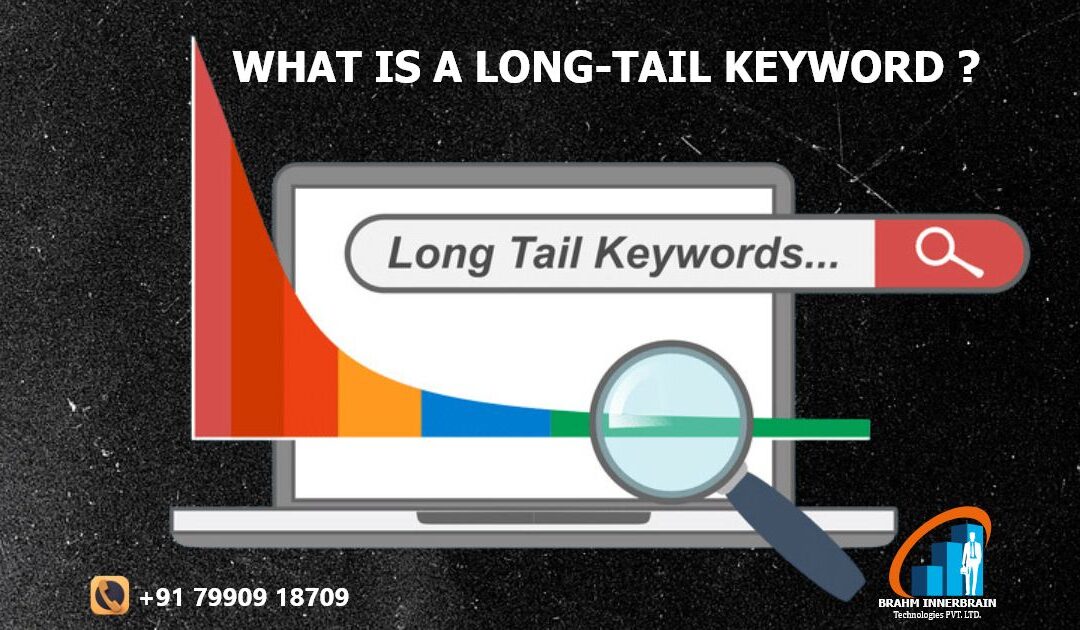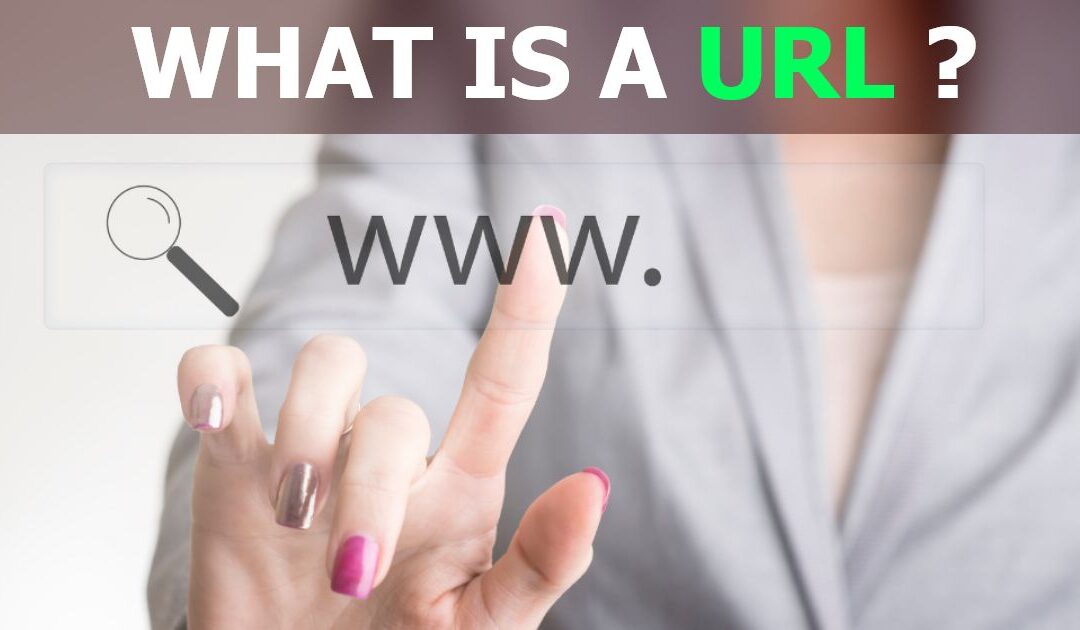In the world of Search Engine Optimization (SEO), a title tag is a crucial element that helps search engines understand the content and relevance of a webpage. For articles, a well-crafted title tag is essential to attract readers, improve search engine rankings, and increase click-through rates.
What is a Title Tag Description?
A title tag description, also known as a meta description, is a short paragraph of text that provides a summary of the content on a webpage. It’s usually displayed in search engine results pages (SERPs) below the title tag and is intended to entice users to click on the link to your webpage.

Step-by-Step Guide to Creating Title Tags for Blogs:-
1) Identify the Main Topic: Identify the main topic of your blog post. What is the article about? What is the main topic that you want to convey?
Example: “The Benefits of Meditation for Mental Health”
You can also check what people search for your related topic:-
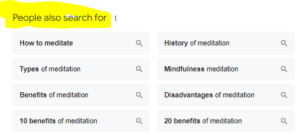
2) Research Keywords: Research relevant keywords related to your blog post.
Utilize tools like Google Keyword Planner, Ahrefs, or SEMrush to identify high-volume, low-competition keywords like “meditation benefits”, “mental health benefits”,and “mindfulness exercises”.
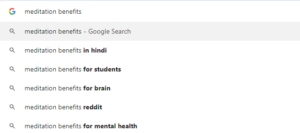
3) Craft a Unique and Descriptive Title: Craft a unique and descriptive title tag that accurately summarizes your blog post.
Example: “Improve the Power of Meditation: How Mindfulness Exercises Can Boost Your Mental Health”
You can also check your keyword Search Volume for target your title tag:- https://answerthepublic.com/
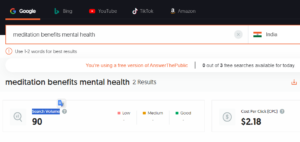
4) Use Keywords Strategically: Use your researched keywords strategically in your title tag. Aim for a keyword density of 1-2% to avoid keyword stuffing.
Example: “Meditation benefits mental health” (1% keyword density)
You just check your keyword density for avoid keyword stuffing.
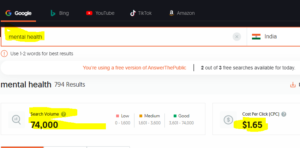
5) Make it SEO-Friendly: Ensure your title tag is SEO-friendly by following best practices:
Keep it concise (60 characters or less)
Use correct capitalization
Avoid special characters and punctuation (except for commas and periods)
Use a descriptive and accurate summary

How to make Best title tag for my Article?
Best Practices for Creating a Winning Title Tag for Your Article:
• Start with a Clear and Concise Summary: Begin by crafting a clear and concise summary of your article’s main topic. This will help you create a title tag that accurately represents the content.
• Use Keywords Strategically: Incorporate relevant keywords related to your article’s topic, but avoid keyword stuffing (1-2% keyword density is recommended).
• Make it Unique and Descriptive: Ensure your title tag is unique and descriptive, providing a clear idea of what the article is about. Aim for a title tag that’s 60 characters or less.
• Use Action Verbs: Use action verbs like “Discover”, “Learn”, “Find”, or “Explore” to make your title tag more engaging and attention-grabbing.
• Use Numbers and Statistics: Incorporate numbers and statistics to make your title tag more informative and attention-grabbing. For example, “10 Ways to Boost Your Productivity” or “The Top 5 Benefits of Meditation for Mental Health”.
EXAMPLE OF EFFECTIVE TITLE TAGS :-
Here are some examples of title tags for different types of articles:
Title Tag: “How to Write a Business Plan: A Step-by-Step Guide”
Title Tag: “10 Ways to Boost Your Productivity and Get More Done”
Title Tag: “How to Overcome Fear and Achieve Your Dreams”
Title Tag: “Why Artificial Intelligence is the Future of Healthcare”
Title Tag: “25 Productivity Apps to Help You Stay Focused and Organized”
BRAHM INNERBRAIN TECHNOLOGIES PVT LTD.
Our school drives a complete certification course on website traffic and engagement with users; the course prepares the learner not to just survive but to emerge victoriously in today’s digital domain. It is all about the ability to learn the skills of making good graphics and managing them, Search Engine Optimization, Search Engine Marketing with Google Ads, Social Media Marketing with Facebook and Instagram, Content Marketing Strategies, Email Marketing Techniques, and the use of Analytics Tools such as Google Analytics. The participants will also be taught mobile marketing strategies against the fast-paced growth of the mobile user market.

